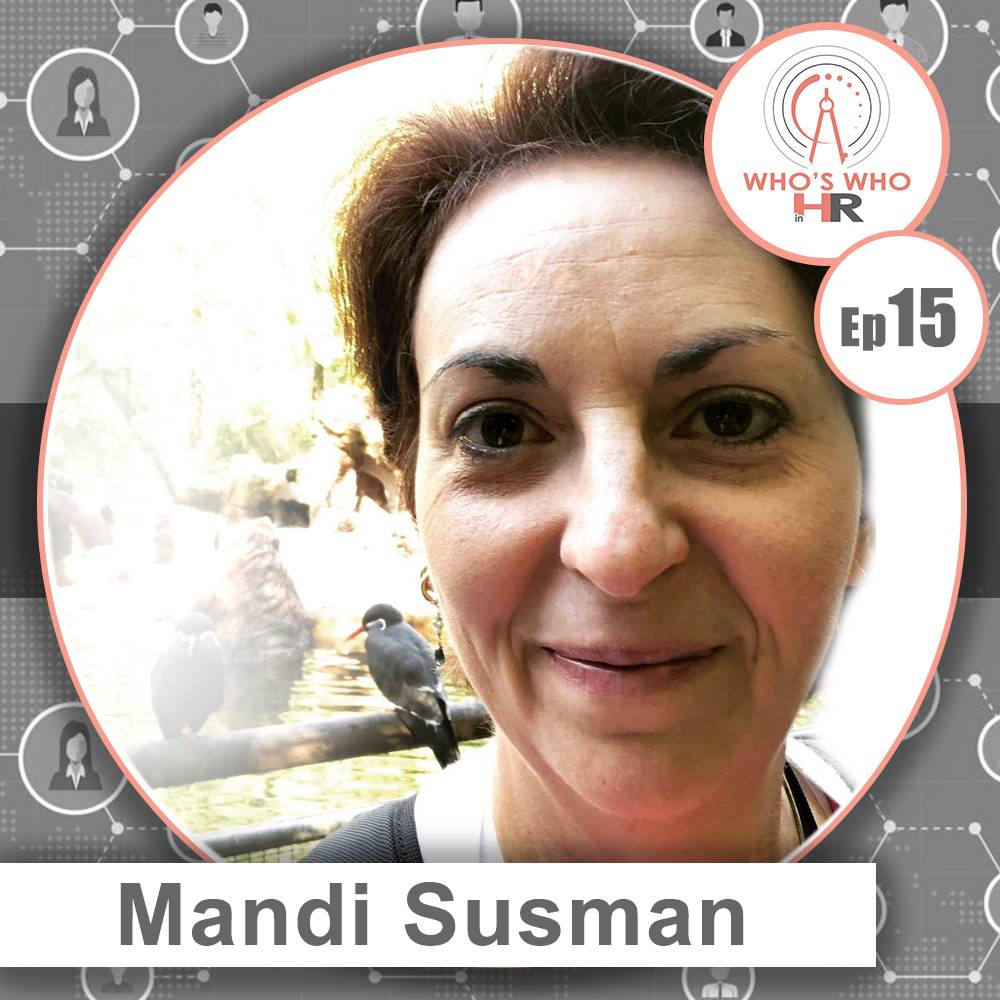Mandi Susman is the Executive Director for Compensation and Benefits at the Wildlife Conservation Society.
In this role she oversees the strategy and development of benefits plans and compensation structure and administration. She oversaw the transition of the organizations’ health plans from a fully-insured to self-insured status and will be working to develop a global Total Rewards philosophy once the COVID-19 crisis has died down enough to allow other work to continue.
Prior to joining WCS, Mandi had a longstanding career that combined compensation consulting and in house compensation administration. Immediately prior to WCS, she was the Director for Employee Compensation for McGraw Hill Education covering roughly 4,000 employees in 30 countries. Her time there focused on leading the global salary increase cycle and implementing a new web-based market pricing tool.
She spent about two years leading a Total Rewards Philosophy review for the Natural Resources Defense Council (NRDC). This project encompassed all aspects of compensation and rewards including salary structures, career mapping, promotional opportunities and the overall organization pay philosophy. Prior to joining NRDC, she was a senior consultant with JL Board Advisors where she supported clients in the Insurance and REIT industries focusing on executive compensation plan development and administration.
She spent 4 years in compensation and recruitment at the Metropolitan Museum of Art after spending several years in compensation at IBM. Her key achievements at IBM include her role as an award-winning project manager for the initial IBM proxy filing under the proxy rules mandated by the S.E.C. in 2007.
Mandi began her career in compensation as a consultant at PricewaterhouseCoopers, where she supported and led a diverse group of client projects involving the financial services, technology and non-profit sectors.
Mandi serves as the President of the Board of Directors of the Van Cortlandt Track Club and the founder and Coach of the VCTC Kids’ Running Club. She holds an undergraduate degree in Philosophy with a Music minor from the State University of New York College at Purchase.
More from Mandi…
When organizations provide benefits for employees, they have two options. They can choose to be fully-insured, or self-insured.
Mandi recently went through the transition at WCS from fully-insured to self-insured. She explained to us what the difference is:
“When you’re fully-insured health benefits, the employee pays a portion usually and then the employer pays a portion of the monthly premium. [The] typical split would be 80/20. So the employer pays 80%, and the employee pays 20%. And it adds up to let’s say, $500 a month.
That $500 a month goes to the carrier. Our fully-insured carrier was Blue Cross Blue Shield. So it would go to Blue Cross Blue Shield, they would use that money to cover any expenses that came in. Any doctor’s visits or surgeries or pharmacy, whatever it was, they would use that money to cover those expenses. And then if there was anything left over, that was their profit.
So you pay $500 a month for coverage. Let’s say you go to one doctor’s visit, so that’s $100, they pay the doctor $100 and then they pocket 400. Now, some months, you may actually incur you know, $2,000 worth of medical expenses. So then the company, Blue Cross, has to kind of pull from their reserves and pay for that.
But what ends up happening is that the insurance companies usually end up with a sizable profit that we’re paying for, right? The company, you know, WCS would be paying them that profit.
So in a self-insured model, what happens is, there’s still a $500 a month premium, the employee still pays 20%. We still send 80% to now, Aetna is our current carrier. Aetna banks all of that money for us, and they use that money to pay the insurers, whoever’s providing the services. So they pay for your pharmacy coverage, the doctors, anything that’s covered by Aetna gets paid. But whatever is not used stays in our account, and will be used towards future expenses, medical expenses. But if we don’t use all that money at the end of the year, we can then say, well, we’re going to actually adjust our premiums down because we’re not using all that, we don’t need that much. We already have our reserve banked. We have our coverage that we know we’re going to be safe so we can reduce it.
And the role that Aetna is playing really is just claims administration. We are paying them a fee to pay the doctors and do all of that to manage the process. Right? And you pay them for that.”









